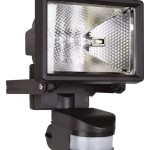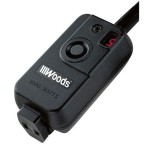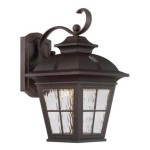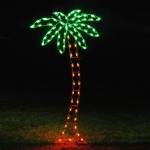Solar Power For Outdoor Lighting: Essential Aspects
Solar power for outdoor lighting has gained significant attention due to its cost-effective and environmentally friendly approach to illuminating outdoor spaces. Understanding the essential aspects of solar power systems is crucial to ensure efficient and long-term performance.
1. Solar Panels: The heart of a solar lighting system, solar panels convert sunlight into electricity. Consider the following factors when selecting solar panels: - Efficiency: Measured in percentage, efficiency indicates the amount of sunlight converted into electricity. - Size: The size of the solar panel determines its power output. Larger panels generate more power but require more space. - Durability: Look for panels with robust construction and warranties to withstand outdoor conditions.
2. Batteries: Batteries store the electricity generated by the solar panels. Essential factors to consider include: - Capacity: Measured in amp-hours (Ah), capacity determines how long the battery can power the lights. - Type: Common battery types include lead-acid, lithium-ion, and AGM batteries. Each has unique characteristics affecting performance and lifespan. - Lifespan: Battery lifespan varies depending on the type and usage patterns.
3. Controllers:Controllers regulate the flow of electricity between the solar panels, batteries, and lights. They prevent overcharging and ensure efficient battery management. Key aspects include: - Voltage Regulation: Controllers regulate the voltage to match the battery's voltage, protecting it from damage. - Charge Control: Controllers prevent overcharging by regulating the amount of electricity flowing into the battery. - Light Control: Some controllers include light sensors to automatically turn on the lights at dusk and turn them off at dawn.
4. Lighting Fixtures: The type of lighting fixtures affects the quality and distribution of light. Consider the following: - Brightness: Measured in lumens, brightness determines the amount of light emitted. Choose fixtures with the appropriate brightness for the intended area. - Color Temperature: Color temperature refers to the shade of light emitted, ranging from warm white to cool white. - Beam Angle: Beam angle determines the spread of light, suitable for different applications.
5. System Sizing: Proper system sizing ensures the system meets the lighting requirements. Consider factors such as: - Load: Determine the total power consumption of the lighting fixtures. - Sunlight Availability: Estimate the amount of sunlight available in the installation area. - Battery Capacity: Calculate the battery capacity based on the load and sunlight availability.
By understanding the essential aspects of solar power for outdoor lighting, you can design and implement an efficient and reliable system. These considerations will enable you to enjoy hassle-free and sustainable outdoor illumination.

How To Make Solar Power Outdoor Lights Just Measuring Up
:max_bytes(150000):strip_icc()/RSP_OVERALLGROUP-3x2-1-6eabfef1f5004599a65e1abb871290ed.jpeg?strip=all)
The 10 Best Outdoor Solar Lights Of 2024 Tested Reviewed

12v Solar Lighting System Durasol Low Voltage Outdoor Kit

Outdoor Solar Lighting Department Of Energy

Pure Digital 11 4 5 Wide Black Led Outdoor Solar Powered Light 3x800 Lamps Plus

How To Outdoor Solar Lights For The Winter Istorage
Solar Powered Outdoor Lighting Architect

Mini Solar Outdoor Light Manufacturers And S China Factory Nomo Group

A Guide To Solar Garden Path Lights Sunset

The 9 Best Outdoor Solar Lights Reviews Guide Electronicshub
Related Posts







